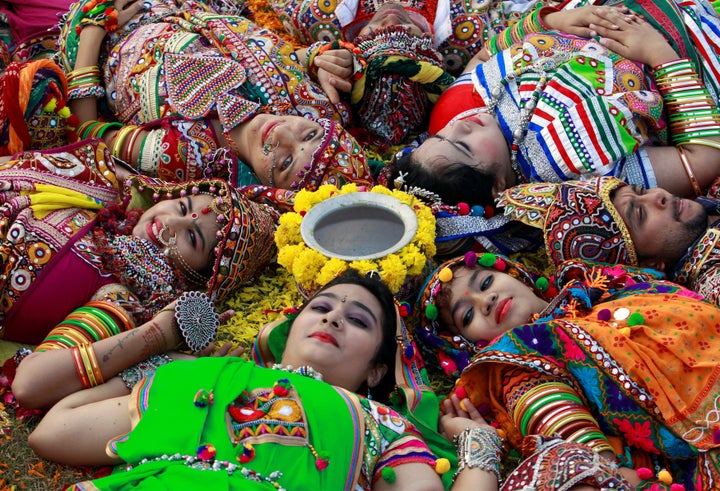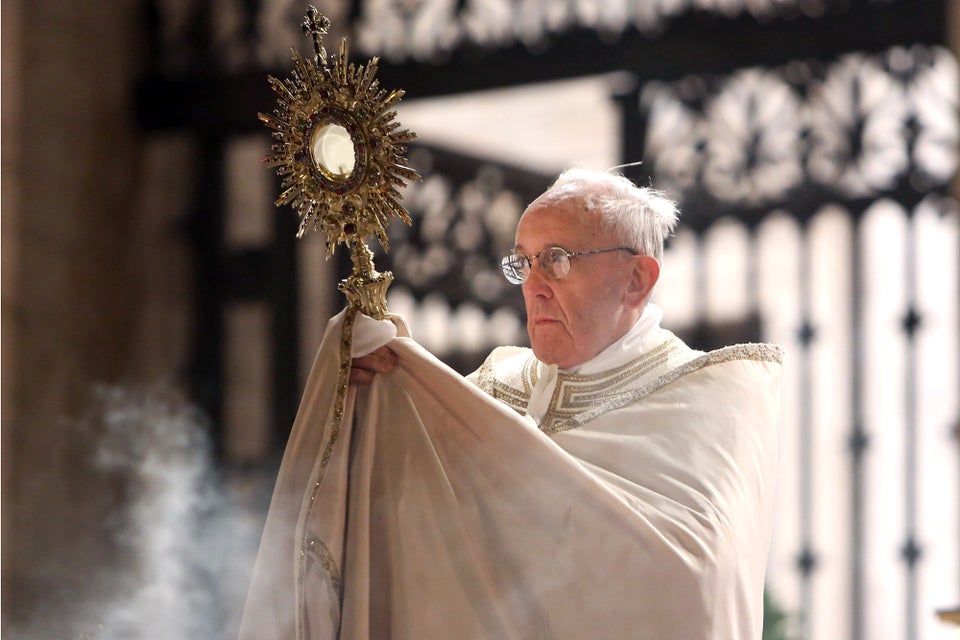
Navratri is the Hindu festival of nine nights dedicated to the glorification of Shakti, the feminine form of the Divine. It takes place during the Hindu calendar month of Ashwin.
During these nine nights, the mother goddess is worshipped in nine different forms. Navratri culminates on the 10th day with the festivities of Vijayadasham, also known as Dussehra, which celebrates the triumph of good over evil. A common greeting during this festival is Shubh Navratri (Happy Navratri).
However, Navratri is not always nine days in length. In 2016, for the first time since 2000, the festival will last 10 days, starting on October 1 and lasting until October 10. Durga Puja celebrations begin on October 7.
Navratri is celebrated all over India and among the Hindu diaspora with great fanfare. Prior to the festival, skilled artisans prepare clay models of the goddess in her various manifestations. Many Hindus take part in special ceremonies, rituals, fasts and festivities. People buy new clothes, prepare delicious sweets and buy gifts for family and friends.
During Navratri, many Hindus in Gujarat and elsewhere wear colorful costumes and perform a special type of vigorous dance known as garba. Traditionally, garbas are performed around an earthen lamp or images and statues of the mother goddess.
In eastern India and in the Bengali diaspora, celebrants worship the goddess, Durga. She is venerated in the form of a many-armed goddess riding atop a lion or a tiger, and stamping on the demon Mahishashura. On the 10th day following Navratri, the statue of the goddess Durga is taken through the streets in a procession accompanied with singing and dancing, to be immersed in a river or the sea.
In other parts of India, Dussehra marks the victory of Lord Rama over the demon king Ravana. In north India, huge effigies of Ravana are burnt on this day.
